Worrying about overcharging your MacBook battery overnight? Rest assured, modern technology has you covered. Today’s MacBook models are equipped with advanced lithium-ion batteries designed to prevent overcharging. This resilience is due to Apple’s optimized charging technology, which ensures both powerful performance and longevity for your device’s battery.
With the incorporation of the latest macOS versions, Apple has introduced intelligent battery management features. These systems closely monitor and regulate the charging process, effectively eliminating the risk of overcharging. The technology behind Apple’s lithium-ion batteries includes sophisticated charging cycles. These cycles are part of a larger strategy to extend battery lifespan by adapting to your usage patterns and reducing wear over time.
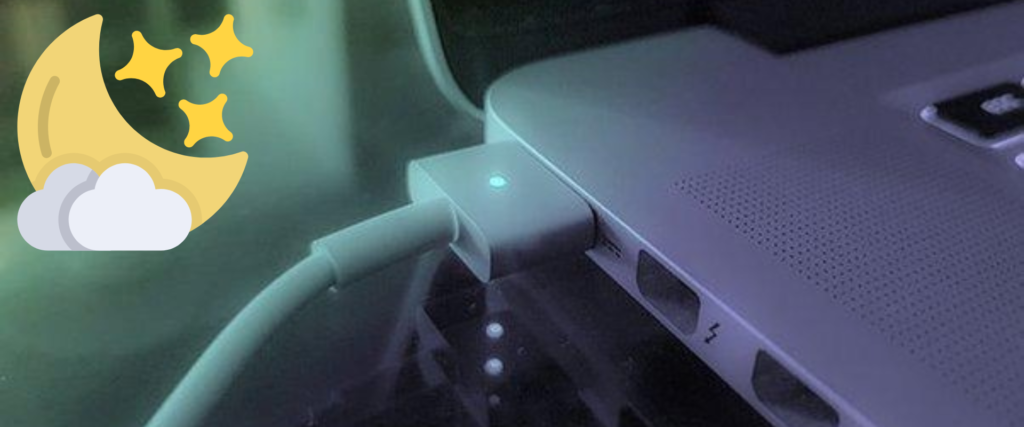
How do Lithium Batteries in MacBook Work?
Apple’s MacBook utilizes lithium-ion batteries, renowned for their efficiency and superior performance over older nickel-based counterparts. These batteries excel in environments where partial charges and discharges occur frequently, adapting well to varied usage patterns.
The concept of charge cycles underpins their operation, where one cycle represents the complete use of the battery’s capacity, regardless of whether it occurs in a single session or across multiple uses. This design supports longevity and maintains battery health, ensuring reliable performance over time.
The MacBook battery charging process comprises two key phases to optimize both speed and battery health:
Stage 1 – Rapid Charging: This initial phase quickly charges the battery to 80% of its capacity, ensuring fast power replenishment.
Stage 2 – Slow Charging: After reaching the 80% threshold, the charging pace slows down, a measure designed to extend the battery’s overall lifespan by reducing stress and preventing overheating during the final 20% fill.
This staged approach balances efficiency with protective measures to maintain battery integrity.
Things to Check when Charging Overnight
- Temperature Management: Keep an eye on your MacBook’s temperature; high processing tasks can cause overheating.
- Proper Ventilation: Ensure the MacBook and its power adapter are on a flat, sturdy surface for airflow.
- Battery Health: Prolonged charging might reduce the battery’s maximum capacity, affecting its longevity when used unplugged.
How to Preserve your MacBook Battery’s Life
To improve MacBook battery life, adopting certain practices and utilizing built-in features is key. One effective strategy is leveraging the “Optimized Battery Charging” setting, which intelligently manages your charging schedule based on your habits to minimize battery strain. This feature aims to reduce the time your battery spends at full charge by predicting your usage patterns and adjusting the charging cycle, thereby decreasing the wear on the battery over time.
Additionally, maintaining healthy charging habits plays a crucial role. Avoid exposing your MacBook to extreme temperatures, as both heat and cold can adversely affect the battery’s longevity. Regularly calibrating the battery by allowing it to drain fully and then charging it to 100% can also help in accurately measuring battery life. Combining these practices with macOS’s energy-saving settings can further optimize battery health, ensuring your MacBook remains efficient and reliable for as long as possible.
To activate Optimized Battery Charging on your MacBook and enhance its battery lifespan, follow these steps:
- Access System Preferences: Start by opening the Apple menu.
- Navigate to Battery Settings: Click on ‘Battery’ within System Preferences.
- Enable the Feature: Check the option for ‘Optimized Battery Charging’ to activate it.
This ensures your MacBook’s battery health is optimized by adapting to your charging habits.
MacBook Battery Care Tips
These strategies can help extend your MacBook’s battery life by preventing stress and optimizing its charging and usage patterns.
- Update macOS regularly: Keeping your software up-to-date can introduce new battery optimizations.
- Manage charging habits: Avoid keeping your MacBook at 100% charge or letting it drop to critically low levels; Apple suggests a 50% charge for storage.
- Avoid extreme temperatures: Both high and low temperatures can damage the battery.
- Limit constant plug-in: Continuous charging can lead to overheating and reduce battery lifespan.
FAQs Can I Leave my MacBook Charging Overnight?
- Will leaving my MacBook charging overnight damage its battery?
No, modern MacBooks are designed to prevent battery overcharging, thanks to their lithium-ion batteries and intelligent charging algorithms. - How does Apple’s Optimized Battery Charging feature work?
This feature learns your charging habits to reduce battery wear by delaying charging past 80% until you need to use your MacBook. - Can I improve my MacBook’s battery life by changing my charging habits?
Yes, avoiding constant full charges and not letting the battery drain completely can help maintain its health. - Is it necessary to unplug my MacBook once it reaches 100% charge?
No, your MacBook is smart enough to stop charging once it’s full, but it’s good practice to unplug it occasionally. - Does overnight charging affect MacBook performance?
Overnight charging itself doesn’t affect performance, but maintaining battery health can contribute to overall system efficiency. - Should I be concerned about my MacBook overheating if I leave it plugged in overnight?
While MacBooks are designed to manage heat efficiently, it’s best to ensure good ventilation to avoid overheating. - How often should I let my MacBook’s battery drain?
It’s not necessary to regularly fully drain your battery; modern batteries perform best with partial discharges and charges.
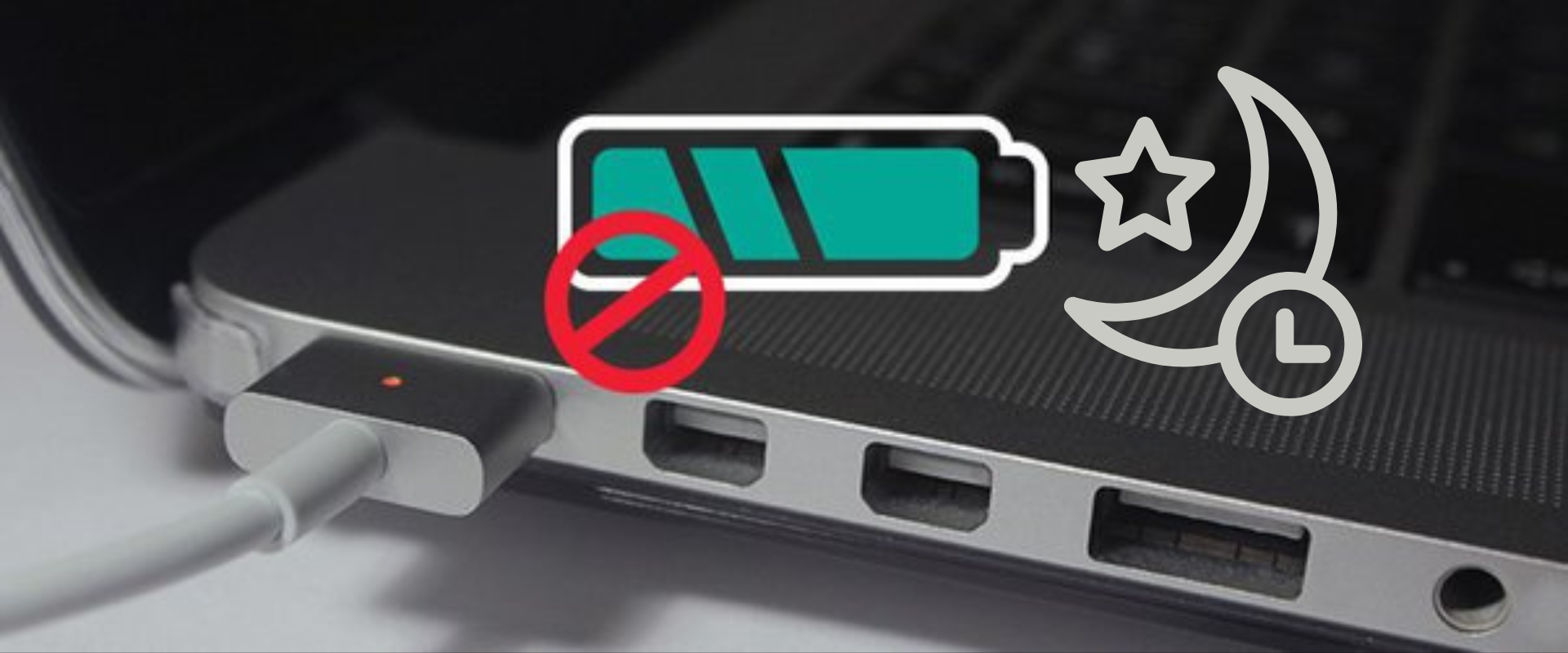




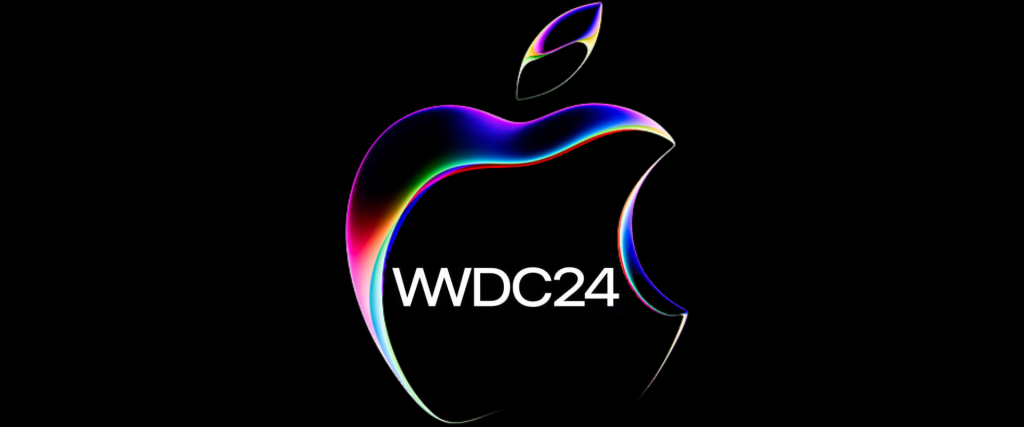
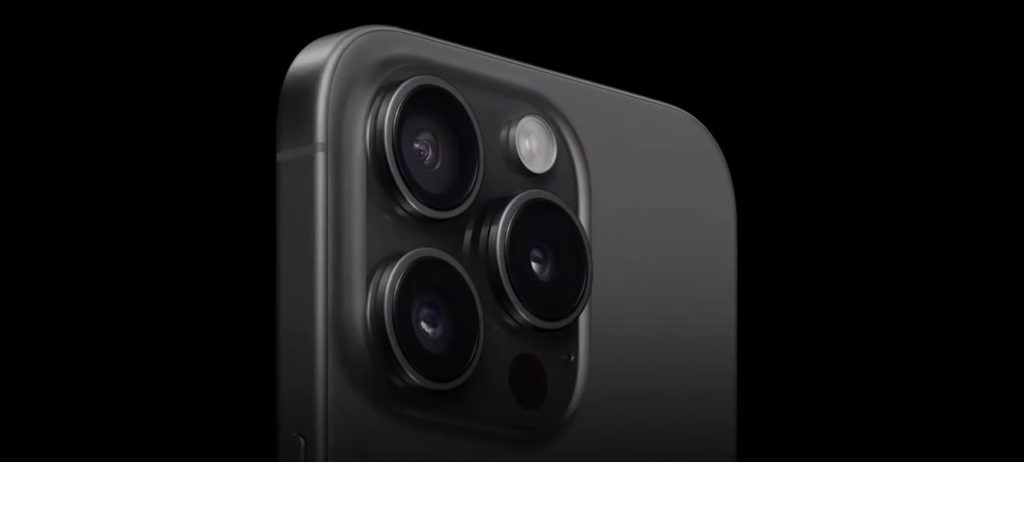



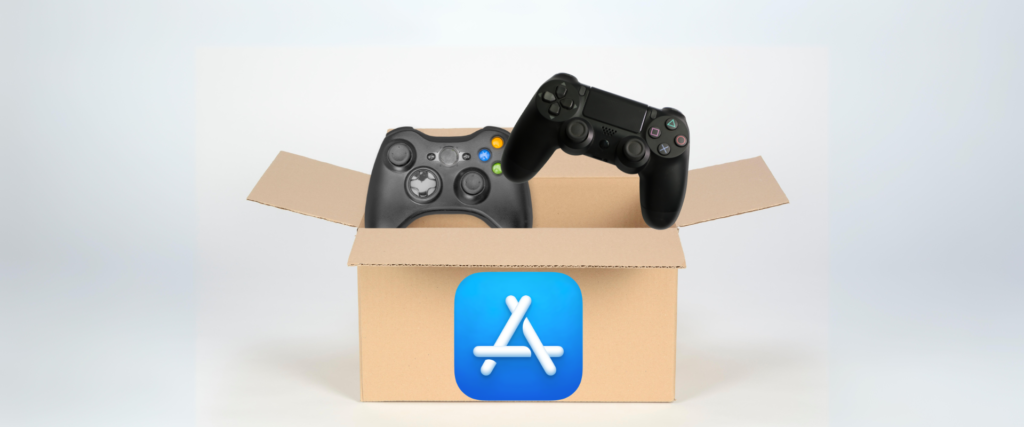
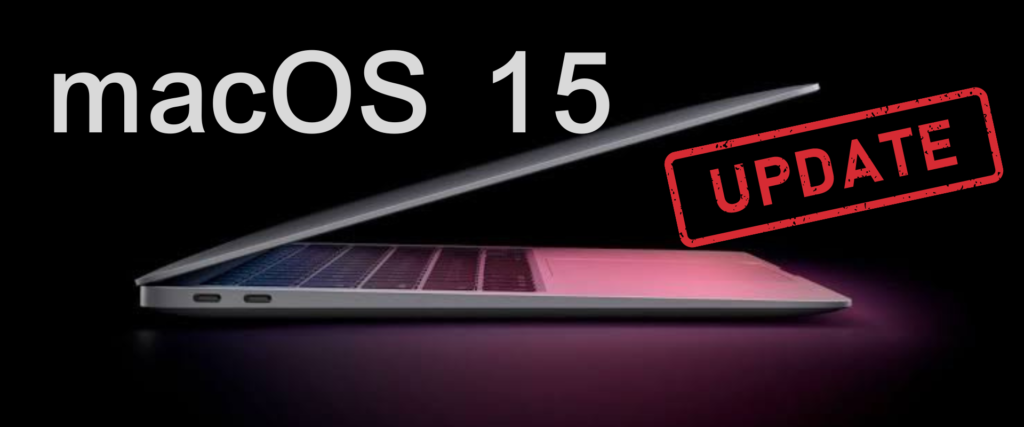
0 Comments